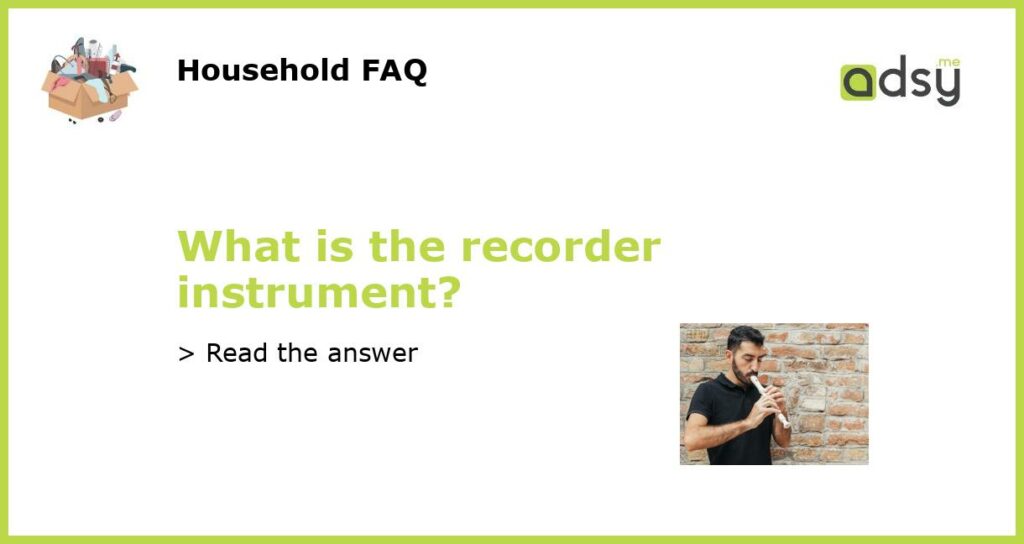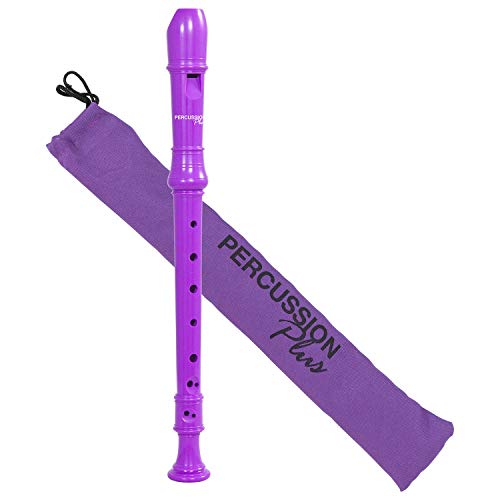Understanding the Recorder Instrument: Everything You Need to Know
The recorder instrument is a type of wind instrument that dates back to medieval times. It is often used in classrooms and music education programs as an entry-level instrument for children. But what is the recorder instrument exactly?
The History of the Recorder Instrument
The recorder has been around since the 14th century, and its popularity grew during the Renaissance period. It was often used in court and religious music, and its popularity came to a peak in the Baroque period. The instrument fell out of favor in the 18th century, but experienced a resurgence in the 20th century as a result of the early music revival.
The Anatomy of a Recorder Instrument
A recorder instrument is typically made from wood or plastic and consists of a head joint, a body joint, and a foot joint. There are seven finger holes and an additional thumb hole on the instrument, and a windway carved into the top of the instrument that allows the player to create sound. The recorder is often played with a breathy and light tone, similar to that of a flute.
Playing the Recorder
The recorder is a relatively easy instrument to learn, making it a popular choice for children just starting out in music. Players blow air into the mouthpiece of the instrument and use their fingers to change the pitch by covering or uncovering the finger holes. Different types of recorder instruments are available, with varying ranges and sizes. While the recorder is often associated with classical music, it can also be used to play folk and traditional music.
Overall, the recorder instrument is an accessible and versatile instrument that has a rich and varied history. Whether you’re a beginner musician or an experienced player, the recorder is an instrument that can be enjoyed by anyone who loves making music.






